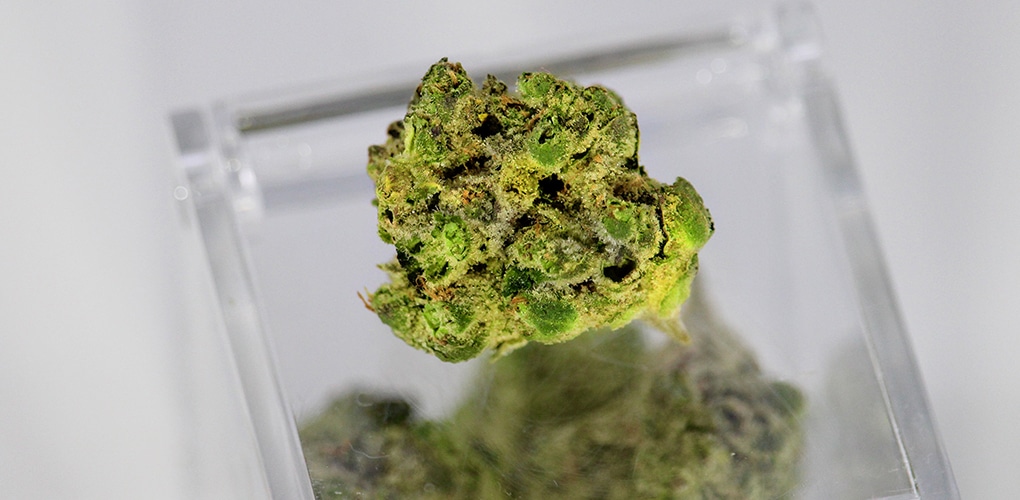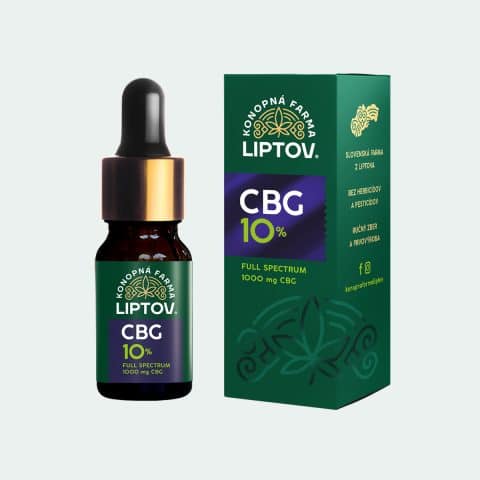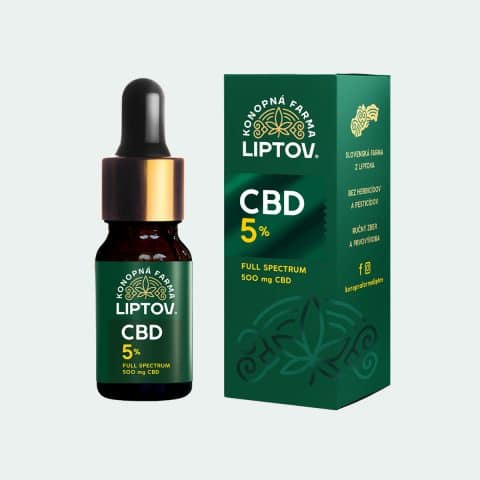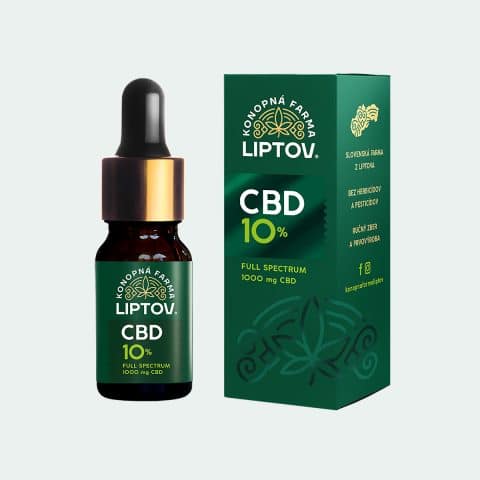What are terpenes, what are their effects and uses?
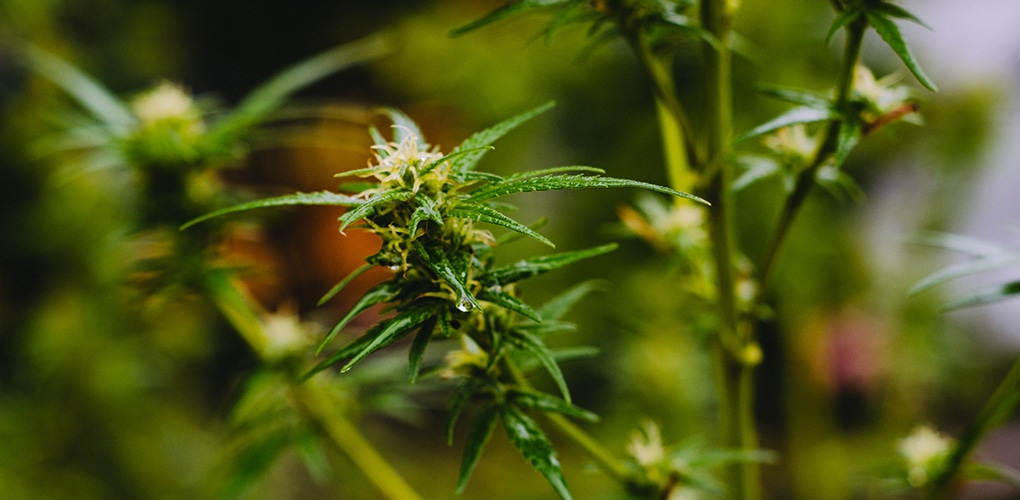
We all know what cannabis is. But have you also heard of terpenes? Many people ask themselves “what is it?” when it comes to terpenes. So that you don’t have to puzzle over the term anymore, in this article you will read a little more about terpenes, terpenes in cannabis(CBD) or terpenoids.
What are terpenes?
First of all, you should know about terpenes that they have an unmistakable role in nature. Terpenes are organic, aromatic compounds whose primary role is to create a specific and characteristic scent for each plant, including cannabis of course. Thus, thanks to terpenes and their combinations, lavender can smell like lavender, pine can smell like pine, and we can distinguish and associate these scents with a specific plant. Of course, these plants don’t smell like terpenes just so that we humans can tell them apart.
Terpenes have an important role for plants, which is to protect plants from pests that attack them and also from infectious pathogens. Terpenes, which create plant scents, attract insects that pollinate flowers on the one hand and repel some predators on the other.
Terpenes in cannabis (CBD)
One of the most well-known plants that contains terpenes is cannabis. THC and CBD are some of the main components of cannabis. Other very important components in cannabis are terpenes and terpenoids. Cannabis contains more than 200 types of terpenes. Here are a few of the types of terpenes found in cannabis (CBD):
- Linalool – this terpene has strong relaxing properties. Due to its anti-inflammatory, analgesic and anxiolytic properties, this unique terpene can help patients suffering from arthritis, depression, seizures, insomnia and cancer.
- Caryophyllene – The terpene caryophyllene can help with inflammation and pain, for example, making it a key ingredient in CBD anti-inflammatory topicals and creams. It is also useful for arthritis and Crohn’s disease, and can help treat alcoholism and depression-like symptoms associated with alcohol withdrawal.
- Myrcene – one of the most common terpenes found in cannabis. It is associated with sedative effects, making it a popular choice for those taking CBD oil for pain relief or for better sleep. Myrcene is also useful in reducing inflammation and chronic pain, which is why it is often used as a supplement in cancer treatment.
- Limonene – a terpene Limonene is found in much smaller quantities in cannabis (CBD) than Myrcene or Caryophyllene. It has a number of anti-inflammatory, antioxidant, antifungal and antibacterial properties.
- Alpha-pinene and Beta-pinene – these two terpenes are characterized by their anti-inflammatory effect. They are suitable for the treatment of arthritis and other inflammatory conditions. They also have bronchodilator properties, making them useful in the treatment of respiratory diseases such as asthma and bronchitis.
These are just a few examples of the many terpenes found in CBD (hemp) that have a significant impact on human health. In addition to the fact that you can find these benefits in cannabis, another important element in medicine is Siberian Chaga, which contains triterpenes, polysaccharides and polyphenols that have many health benefits. You can read more about Siberian Chaga and its effects on our health here.
Positive effects of terpenes
As you read at the beginning, terpene has an important role in nature, such as the scent of plants, which either attracts insects or attracts predators. However, terpene also has a number of beneficial effects on the human body. But it is important to mention here that not every terpene is the same. There are various terpene components in cannabis(CBD), such as the aforementioned limonene, pinene, phytol, myrcene and so on. But only some of them have effects that positively affect the human body.
The positive effects in terpenes are that they relieve pain and act as sedatives. They have a great effect on a person’s nervous system and help relieve stress and nervousness. Some of the terpenes help in better digestion.
Combining terpenes with various cannabinoids such as CBD, CBG, CBN and others is important as they may not have as strong an effect on their own. The synergistic action of terpenes with cannabinoids in the full spectrum of cannabis extracts is most effective.
Where terpenes are used
Terpenes have a wide range of uses in everyday life and are found in almost all sectors and industries. The chemical industry uses them as flavourings, fragrances and solvents, especially in cosmetic products. In the food industry, they serve as preservatives, stabilisers and flavour enhancers. Some examples of products containing terpenes include deodorants, perfumes, body cosmetics, air fresheners, candies, cereals and also medicines. Terpenes can also be found in aromatherapy. As they produce fragrances, they form the basis of many essential oils and are an integral part of many alternative therapies.
However, turpentine (turpentine oil) also comes into the picture. Turpentine is a natural substance that is extracted from plants, specifically from certain types of pine trees. This oil is extracted from the resin or gum of pine trees through a process of distillation. The resulting product has a characteristic smell and is known for its diverse uses.
Turpentine also has an effect on health. In the past, this oil was often used in traditional medicine and in the preparation of various natural remedies. It has been used to cure respiratory problems, to expectorate phlegm and as a disinfectant. In addition, it has also been used to heal wounds or as an analgesic for muscle and joint pain. Turpentine therefore has very beneficial effects on health.
However, turpentine oil also has various other uses. The use of turpentine is also in painting, as it is added to paints and varnishes to improve their consistency and dry faster. Also, turpentine is used as a solvent in some industrial processes.
Synthetic terpenes
Synthetic terpenes have more pronounced aromas and flavours than natural terpenes because they are more concentrated. These terpenes are produced through chemical reactions such as dilution, repeated distillation or reconstitution. This technology is constantly advancing, but even experts do not yet have a complete understanding of how natural and synthetic terpenes interact. It is still unknown how synthetic terpenes behave in contact with the human body and how our bodies are affected by them, so it is recommended to focus on natural terpenes.
Natural terpenes
Natural terpenes are found in plants and are part of their natural composition. These terpenes are produced by the plant itself to perform a variety of tasks, including defending against insects, contributing to the fragrance and flavour of fruits, flowers and herbs, and promoting their growth and development. Once extracted, terpenes can be optimized and used for their health benefits and soothing effects. Some of the most common natural terpene extracts are myrcene, alpha-pinene, linalool and limonene. Natural terpene extraction is basically the best way to extract terpenes from plants.
Monoterpenes
Plants use the production of monoterpenes as one of the methods by which they defend themselves against pests and from being eaten. Many monoterpenes have positive effects on human health, but some can be toxic to the organism. In addition to their aromatic properties, monoterpenes have various beneficial effects on the human body. Some of them can be relaxing and calming, others have antioxidant, anti-inflammatory or other medicinal properties. Many monoterpenes have demonstrated anticancer activity, either preventing cancer or inhibiting its development. Monoterpenes are also used as insecticides due to their toxicity to insects. Monoterpenes also affect air quality, particularly the amount of ozone in the troposphere.
Terpenoids
Terpenes and terpenoids are two terms that are very often used interchangeably, but they do not mean the same thing. You have already read what terpenes are, terpenoids are more complex compounds than terpenes. Terpenoids are formed by the oxidation of terpenes, where their chemical structure changes during the drying and extraction process.
They play an important role in ensuring plant survival, helping to resist pest attacks and adapt to changing environmental conditions. Like terpenes, terpenoids have a significant impact on the effects of certain cannabis varieties. Their unique effects contribute to the synergistic effect and overall spectrum of cannabis effects, providing a new dimension of potential.
Best selling CBD and CBG oils
-
Product on saleCBG oil 10% full spectrum51,74 €
52,00 € -
Product on saleCBD oil 5% full spectrum28,86 €
29,00 € -
Product on saleCBD oil 10 % full spectrum – premium45,77 €
46,00 €
